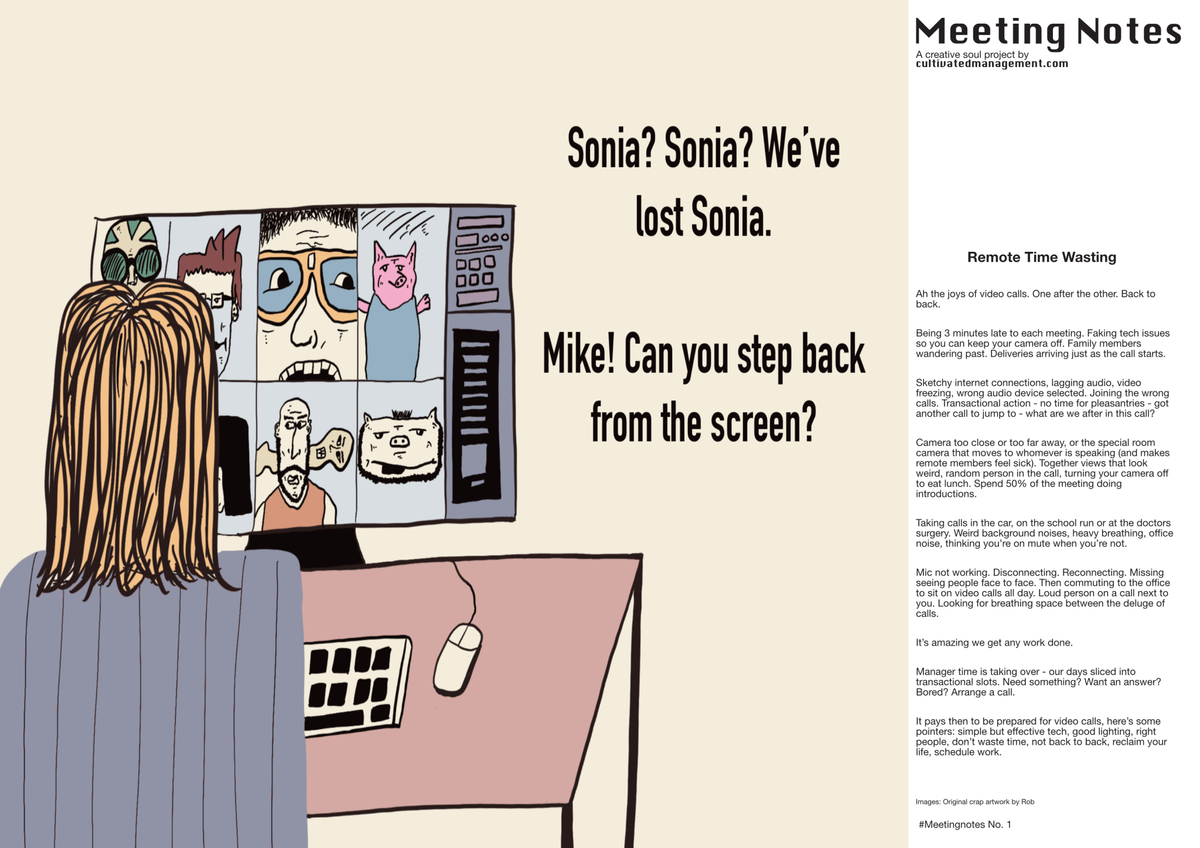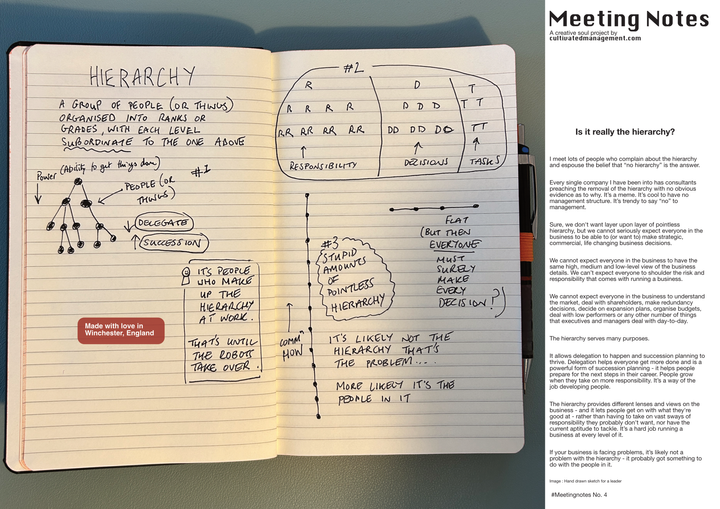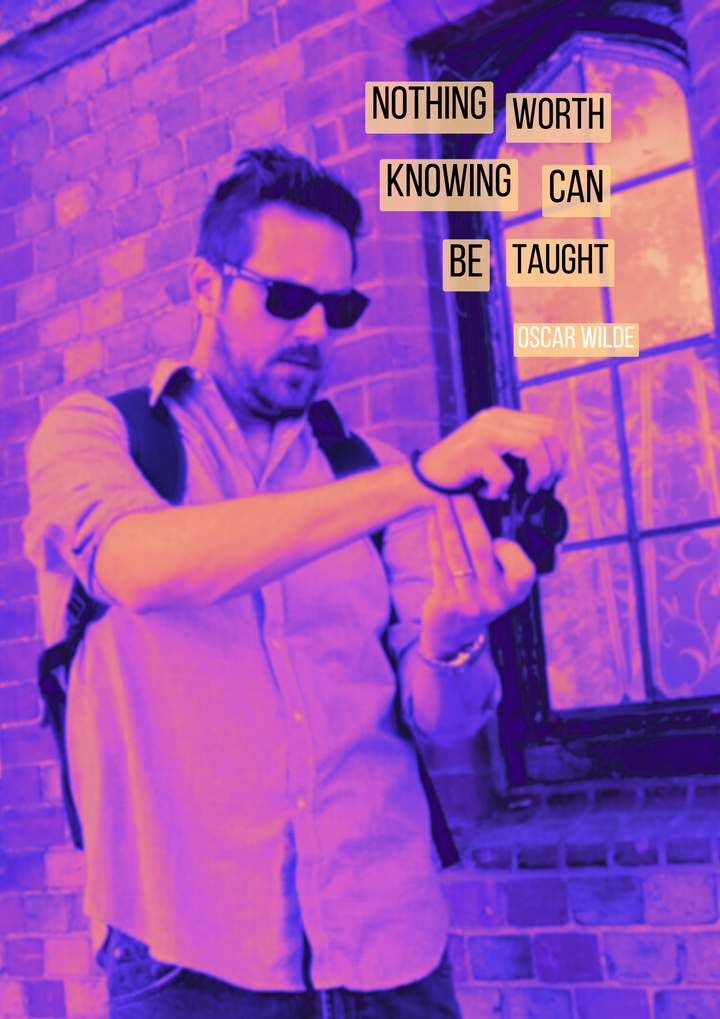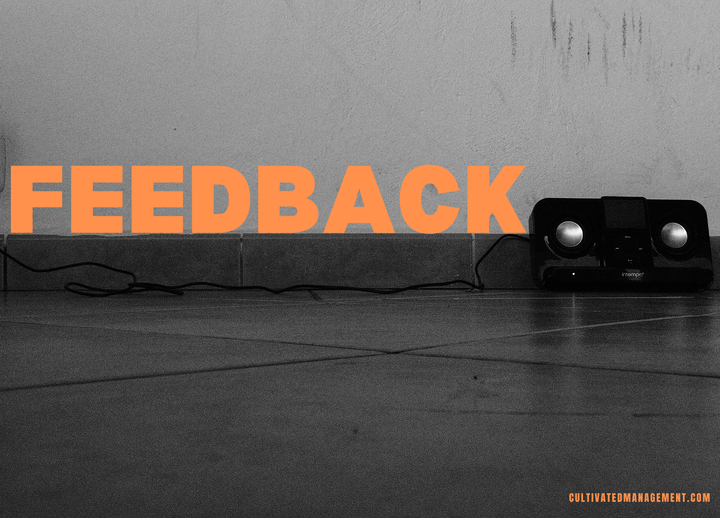Effective video calls - and reclaiming life

Ah the joys of video calls. One after the other. Back to back.
Being 3 minutes late to each meeting. Faking tech issues so you can keep your camera off. Family members wandering past. Deliveries arriving just as the call starts.
Sketchy internet connections, lagging audio, video freezing, wrong audio device selected. Joining the wrong calls.
Transactional action – no time for pleasantries – got another call to jump to – what’s this call about?
Camera too close or too far away, or the special conference room camera that moves to whomever is speaking (and makes remote members feel sick). Together views that look weird, random person in the call, turning your camera off to eat lunch. Spend 50% of the meeting doing introductions.
Taking calls in the car, on the school run or at the doctors surgery. Weird background noises, heavy breathing, office noise, thinking you’re on mute when you’re not.
Mic not working. Disconnecting. Reconnecting. Missing seeing people face to face. Then commuting to the office to sit on video calls all day. Loud person on a call next to you. Looking for breathing space between the deluge of calls.
It’s amazing we get any work done.
Manager time is taking over – our days sliced into transactional slots. Need something? Want an answer? Bored? Arrange a call.
It pays then to be prepared for video calls, here’s some pointers: simple but effective tech, good lighting, don’t waste time, not back to back, reclaim your life, schedule work.
Simple but effective tech for video calls
I worked with someone who wanted THE best audio and video for his work calls. He bought a podcaster mic, a DSLR camera to use as a webcam, bluetooth Bose headphones and ultra wide monitors. It took him about 3 months until he eventually got it all working consistently. And even then, he’d often have tech issues and resort to “lower” quality gear.
Every time he presented we saw his entire wide screen display and couldn’t read anything on the screen. His mic rarely worked, his headphones often ran out of power or his DSLR connector would stop working mid-call. It was a shambles.
He didn’t need this level of tech for what are basic meetings at work. We weren’t streaming to social media or hosting a professional webinar, we were having a meeting about how to ship value more often. We didn’t need to see him in 4k or hear him in surround sound. We just needed to get something done.
Not a single day goes by when there isn’t a tech issue on a call. It’s not easy but we can help to ensure we’re not the ones with tech issues by keeping it classy. Classy as in simple but effective.
Sure, it’s nice to play with new tech but the goal of most meetings is to make a decision or share some information. Neither of which gets done if we spend our time waiting for someone to download some firmware to their DSLR. It gets done by being present and clear in the meeting – and this can be done on a woefully low budget.
Most laptops have a decent built in webcam – I’d recommend HD as a minimum, 720 at a push. I use the built-in camera on my Mac and I have a HP monitor with one built in which is OK too. Fine for video calls.
External webcams are great. After much trial and error I personally use the AngeTube stream webcam with my Mac Studio. (affiliate link).
Plugs in, HD, Autofocus works well and it looks pretty good too. Simple and effective.
As for audio, again simple often wins for most video calls.
I use a cheap pair of headphones with a mic. I bought a cheap pair for about £20 that have been spot on – never had an issue in the 4 years of using these. The only thing wrong is that the rubber is wearing away around the earpiece – likely from all the hairspray I use 🙂
I’ll be ordering a new pair once it’s perished – but for £20 ish for 4 years use……perfect. Here’s the pair (affiliate link).
Good lighting
Lighting is essential for a clear picture whilst on video calls. As many of you know, I produce YouTube videos and have been messing about with lighting for years to ensure no grain in the image (caused when filming in low light), good lighting on the face and a clear picture.
The same light science applies for video calls at work.
Try not to sit with a window or only light source directly behind you – it will create a silhouette.
Try to have a light to the side of you and one in front. If you wear glasses like I do, you often get the light reflecting in the lens, and it can be off putting. In which case try putting the light that is in front of you higher in the air and pointing down.
Fun fact, when I record YouTube videos I use a pair of glasses with no lens in them. No reflection. I can’t see anything but that’s ok
My setup is simple. I have a £10 desk lamp to the right hand side of me, casting some light across my face. That also helps me to see my notes clearly. I have a window to my left – and natural light is always more flattering – just be sure it’s in front or at the side of you if you can, not behind you.
I have a makeup light attached to the top of my monitor. Yes, a makeup ring light. I bought mine from Argos for about £8 but this one here on Amazon is broadly the same (affiliate link).
It’s also worth having a low power light source behind you to stop shadows forming. I have a simple standup floor lamp in the background. If it’s super dark outside, I will also have another floor lamp off to my right.
It’s a classic videographer’s lighting approach and works well for video calls. You will appear well lit, not shiny and not covered in shadows. With clean and clear audio, a decent webcam and some simple lighting you will appear polished and professional.
Don’t waste time
Meetings are mostly wasteful, at least in my experience. People tend to book meetings in 30 minute or 60 minute slots. I always go for 25 minutes or 50 minutes. I typically start at the hour (or half hour) and run to 5 or 10 minutes before the next logical time slot.
For example, a 25 minute meeting would run from 10:00 am until 10:25 am. An hour meeting would run from 10:00 am to 10:50 am.
I do this for two reason:
-
Firstly, it gives people time to move from call to call, or meeting to meeting. That little break allows a comfort break, some note taking time or simply to chill before another call. It also sends a powerful message that this is effective (especially if you then run effective meetings). Pretty soon others will adopt this method also.
-
Secondly, when we book a meeting for an hour we will typically take an hour, if not longer sometimes.
When we cut the time down we are showing that we value time and we will likely get to the same outcome anyway.
Time and deadlines drive action. We fill time if we have it. We also get stuff done when we have less time (as long as it’s reasonable).
Another aspect of not wasting time is to be sure you have the right people in video calls, a clear purpose (or problem to be solved) and someone clearly facilitating the meeting. I cover this in-depth in the meeting section of the Super Power workshop.
Meetings can drag on and become sidetracked easily, so it’s important to set a clear purpose and outcome, and only invite people who need to be there. I’ve sat through so many meetings that required zero input from me. I decline them now if there is not a clear purpose or agenda. I include a sample email to send in the comms workshop.
Not back to back video calls
I also try to not book meetings back to back.
As a manager / leader / coach I tend to work on snippets of manager time, but other people need work time – long stretches of time to get stuff done.
I try to book all of my 1:2:1 and decision meetings either at the beginning or end of the day, leaving the middle parts of the day for people to get stuff done.
I also try to avoid back to back meetings. Not only do you run the risk of being delayed across the day due to a longer running meeting (hence 25/50 minute meetings and clear outcomes) but they are also very tiring.
It is draining to stare at detached faces on a screen. Very tiring. I often say that we, as humans, are not designed to do this. Some science is starting to [emerge explaining why it is so tiring](https://metro.co.uk/2021/02/25/stanford-professor-reveals-the-science-behind-zoom-fatigue-14143187/ – and yes, why we’re not designed to do this.
After even a few hours of back to back meetings I get the sense people are confused, tired and desperately needing a break. Yet, in many workplaces our calendars are simply full of video meetings.
Reclaim your life
Riffing off the point above about video calls being tiring, is the idea that you have to stop work at some point and reclaim your life.
Life is so precious and fleeting that you don’t want to spend it in a meeting.
I know a leader that leaves his laptop open all evening. The constant ping of messages of demands and information draws him to it. He’s no longer spending quality time with his family and is working longer and later than ever before. He’s drained, but he feels, given his leadership position, that it’s expected of him.
It’s not. Or maybe it is. Only you get to decide that, but, if you’ve read the Take A Day Off Zine, you may remember Colin.
Colin never really took a day off – and this was before remote work took over – and he had a heart attack.
He survived and he had a realisation that it wasn’t worth it. The late nights, the worry, the on-call support, the climbing the ladder, the working at weekends. It prevented him from living life, being creative and spending present time with his family.
Draw a line around work. Shut the laptop down. Hide it in another room. Schedule dedicated time in the evening to check emails if you must. If you’re lucky enough to have a room for work, then shut the door and leave. Pretend you’re commuting home as you walk down the hall. Whatever works for you. Draw a line and reclaim your life.
Schedule Work and Life
I schedule all of my work and personal commitments in my calendar on a Monday morning. All of it.
- A presentation to write – scheduled.
- A communication to prepare – scheduled.
- Some deep thinking about a problem – scheduled.
- Parents evening – scheduled.
- School run – scheduled.
- Lunch – scheduled.
- All 1:2:1s – scheduled. Training – scheduled.
I schedule everything and ensure I also leave some free space for emerging work and other unknown demands. I worked with someone who had ZERO free slots in his calendar, yet would always say “schedule a call”…..where and when???
Equally, I see people struggling to get things done and they haven’t scheduled it in their calendars so other people are blatting their day with meeting invites.
It’s called Time Blocking and I did a video on it here:
Scheduling work has a number of benefit:
- Firstly, you can see what your workload will be like for the day/week. Sure, you may underestimate or overestimate how long something will take, but you can learn from that and adapt next time. It allows you to put your priorities down in your calendar – and push out work that is not high priority (and there’s always plenty of that).
- Secondly, you can move things around and optimise your energy and attention for the day. I wrote a whole eBook for managers and leaders about utilising the most important aspects of your life – your energy and attention. Some work gives energy, some takes it away – all of it demands attention.
- Thirdly, it stops people putting meetings into your calendar and also breaking the no back-to-back meeting goal. It also makes them think twice before using up those precious slots you’ve kept free. 9 times out of 10 a simple chat in Teams and Slack can avoid a fully fledged meeting.
- Trust me – meetings are often held simply because someone needs some information or a decision. This can often be ascertained from a simple chat message.
- Fourthly, you have your life commitments in your calendar and can see the spread across the week. I appreciate not everyone has the flexibility to leave early or make time back, but at least you can clearly see what you are giving up that week.
Reclaiming space in your life for hobbies, family, food, health and more can seem like a super simple tip, almost not worth mentioning. But it is worth mentioning because it is a really big problem.
We are working longer than we used to (especially remote workers), we are connected more than ever yet we are less productive, and even taking a full hour for lunch is no longer normal for many people.
The tips above are simple and straightforward but I pulled this post together because I see so few people owning their calendar, their energy and their attention.
And I also see some obvious tech problems on many video calls.
If you must do so many meetings make sure they are slick, clear, clean and effective – and they aren’t dominating your life.
As one of my all time favourite rappers, Lyrics Born, once said
“You only get one life, you gotta live it right”.



